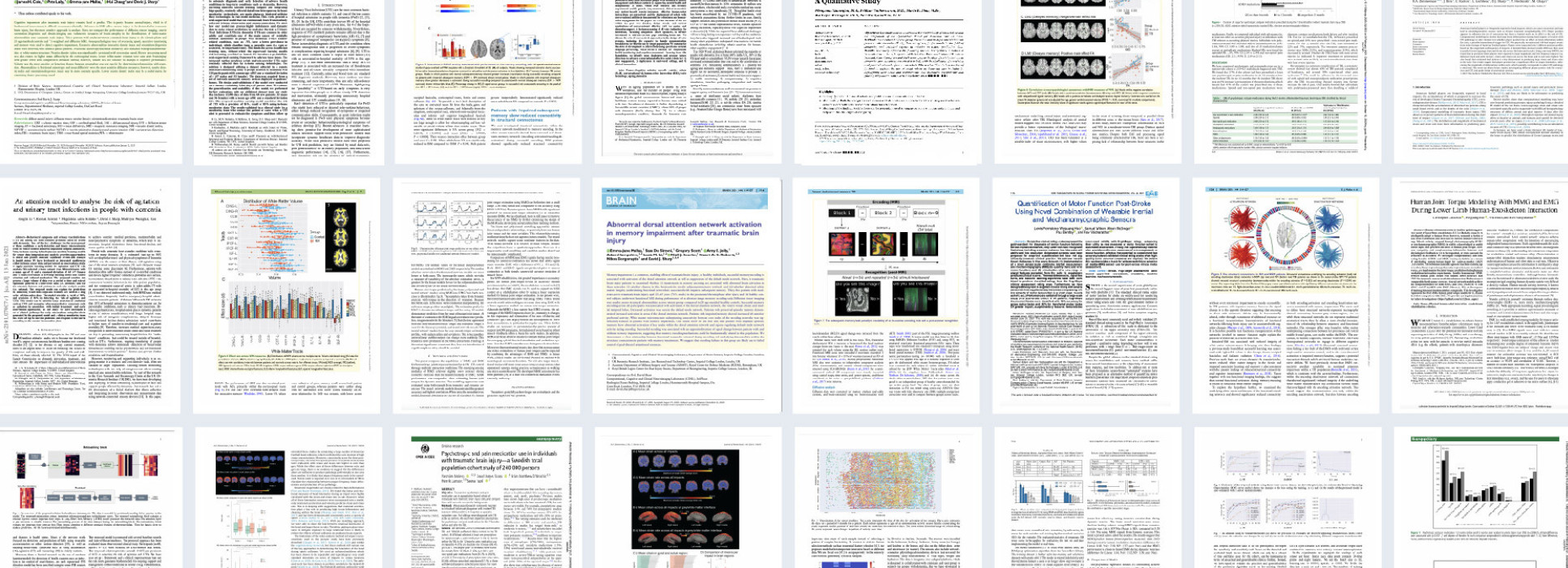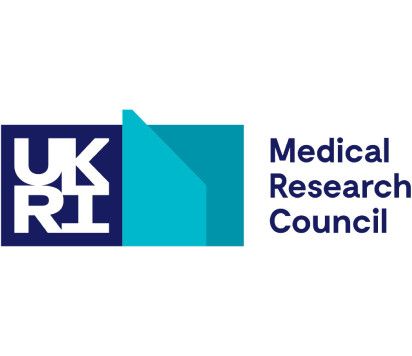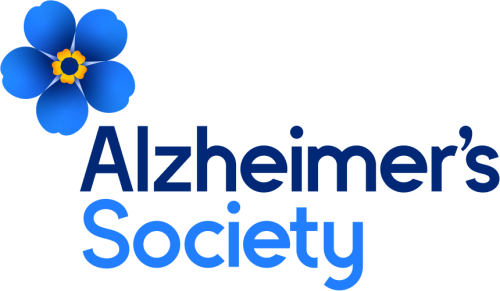
Results
- Showing results for:
- Reset all filters
Search results
-
Journal articleRaposo de Lima M, Vaidyanathan R, Barnaghi P, 2023,
Discovering behavioural patterns using conversational technology for in-home health and well-being monitoring
, IEEE Internet of Things Journal, Vol: 10, Pages: 18537-18552, ISSN: 2327-4662Advancements in conversational AI have createdunparalleled opportunities to promote the independence andwell-being of older adults, including people living with dementia(PLWD). However, conversational agents have yet to demonstratea direct impact in supporting target populations at home,particularly with long-term user benefits and clinical utility. Weintroduce an infrastructure fusing in-home activity data capturedby Internet of Things (IoT) technologies with voice interactionsusing conversational technology (Amazon Alexa). We collect 3103person-days of voice and environmental data across 14 households with PLWD to identify behavioural patterns. Interactionsinclude an automated well-being questionnaire and 10 topics ofinterest, identified using topic modelling. Although a significantdecrease in conversational technology usage was observed afterthe novelty phase across the cohort, steady state data acquisitionfor modelling was sustained. We analyse household activitysequences preceding or following Alexa interactions throughpairwise similarity and clustering methods. Our analysis demonstrates the capability to identify individual behavioural patterns,changes in those patterns and the corresponding time periods.We further report that households with PLWD continued usingAlexa following clinical events (e.g., hospitalisations), which offersa compelling opportunity for proactive health and well-beingdata gathering related to medical changes. Results demonstratethe promise of conversational AI in digital health monitoringfor ageing and dementia support and offer a basis for trackinghealth and deterioration as indicated by household activity, whichcan inform healthcare professionals and relevant stakeholdersfor timely interventions. Future work will use the bespokebehavioural patterns extracted to create more personalised AIconversations.
-
Journal articleGraham NS, Sharp DJ, 2023,
Dementia after traumatic brain injury
, BMJ: British Medical Journal, Vol: 383, Pages: 2065-2065, ISSN: 1759-2151 -
Journal articlePalermo F, Chen Y, Capstick A, et al., 2023,
TIHM: an open dataset for remote healthcare monitoring in dementia
, Scientific Data, Vol: 10, Pages: 1-10, ISSN: 2052-4463Dementia is a progressive condition that affects cognitive and functional abilities. There is a need for reliable and continuous health monitoring of People Living with Dementia (PLWD) to improve their quality of life and support their independent living. Healthcare services often focus on addressing and treating already established health conditions that affect PLWD. Managing these conditions continuously can inform better decision-making earlier for higher-quality care management for PLWD. The Technology Integrated Health Management (TIHM) project developed a new digital platform to routinely collect longitudinal, observational, and measurement data, within the home and apply machine learning and analytical models for the detection and prediction of adverse health events affecting the well-being of PLWD. This work describes the TIHM dataset collected during the second phase (i.e., feasibility study) of the TIHM project. The data was collected from homes of 56 PLWD and associated with events and clinical observations (daily activity, physiological monitoring, and labels for health-related conditions). The study recorded an average of 50 days of data per participant, totalling 2803 days.
-
Journal articleParkinson M, Doherty R, Curtis F, et al., 2023,
Using home monitoring technology to study the effects of traumatic brain injury in older multimorbid adults
, Annals of Clinical and Translational Neurology, Vol: 10, Pages: 1688-1694, ISSN: 2328-9503Internet of things (IOT) based in-home monitoring systems can passively collect high temporal resolution data in the community, offering valuable insight into the impact of health conditions on patients' day-to-day lives. We used this technology to monitor activity and sleep patterns in older adults recently discharged after traumatic brain injury (TBI). The demographics of TBI are changing, and it is now a leading cause of hospitalisation in older adults. However, research in this population is minimal. We present three cases, showcasing the potential of in-home monitoring systems in understanding and managing early recovery in older adults following TBI.
-
Journal articleCrook-Rumsey M, Daniels S, Abulikemu S, et al., 2023,
Multicohort cross-sectional study of cognitive and behavioural digital biomarkers in neurodegeneration: the Living Lab study protocol
, BMJ Open, Vol: 13, Pages: 1-9, ISSN: 2044-6055Introduction and aimsDigital biomarkers can provide a cost-effective, objective, and robust measure forneurological disease progression, changes in care needs, and the effect of interventions.Motor function, physiology and behaviour can provide informative measures of neurologicalconditions and neurodegenerative decline. New digital technologies present an opportunityto provide remote, high-frequency monitoring of patients from within their homes. Thepurpose of the Living Lab study is to develop novel digital biomarkers of functionalimpairment in those living with neurodegenerative disease (NDD) and neurologicalconditions.Methods and analysisThe Living Lab Study is a cross-sectional observational study of cognition and behaviour inpeople living with NDDs and other, non-degenerative neurological conditions. Patients (n≥25for each patient group) with Dementia, Parkinson’s disease, Amyotrophic Lateral Sclerosis, Mild Cognitive Impairment, Traumatic Brain Injury, and Stroke along with controls (n≥60) willbe pragmatically recruited. Patients will carry out activities of daily living and functionalassessments within the living lab. The living lab is an apartment-laboratory containing afunctional kitchen, bathroom, bed and living area to provide a controlled environment todevelop novel digital biomarkers. The living lab provides an important intermediary stagebetween the conventional laboratory and the home. Multiple passive environmental sensors,internet-enabled medical devices, wearables, and EEG will be used to characterise functionalimpairments of NDDs and non-NDD conditions. We will also relate these digital technologymeasures to clinical and cognitive outcomes.Ethics and disseminationEthical approvals have been granted by the Imperial College Research Ethics Committee(reference number: 21IC6992). Results from the study will be disseminated at conferencesand within peer-reviewed journals.
This data is extracted from the Web of Science and reproduced under a licence from Thomson Reuters. You may not copy or re-distribute this data in whole or in part without the written consent of the Science business of Thomson Reuters.
Awards
- Finalist: Best Paper - IEEE Transactions on Mechatronics (awarded June 2021)
- Finalist: IEEE Transactions on Mechatronics; 1 of 5 finalists for Best Paper in Journal
- Winner: UK Institute of Mechanical Engineers (IMECHE) Healthcare Technologies Early Career Award (awarded June 2021): Awarded to Maria Lima (UKDRI CR&T PhD candidate)
- Winner: Sony Start-up Acceleration Program (awarded May 2021): Spinout company Serg Tech awarded (1 of 4 companies in all of Europe) a place in Sony corporation start-up boot camp
- “An Extended Complementary Filter for Full-Body MARG Orientation Estimation” (CR&T authors: S Wilson, R Vaidyanathan)

Established in 2017 by its principal funder the Medical Research Council, in partnership with Alzheimer's Society and Alzheimer’s Research UK, The UK Dementia Research Institute (UK DRI) is the UK’s leading biomedical research institute dedicated to neurodegenerative diseases.


